Srujana Gattupalli
Towards Deep Learning based Hand Keypoints Detection for Rapid Sequential Movements from RGB Images
Apr 03, 2018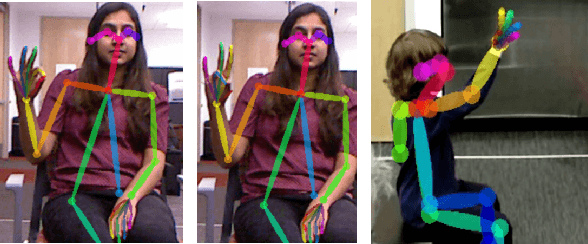

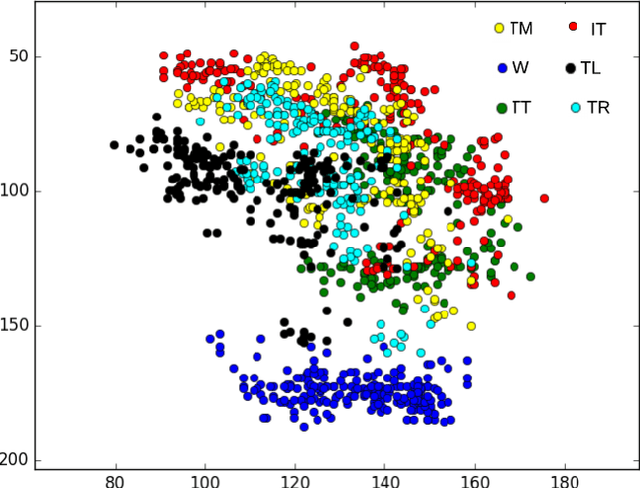
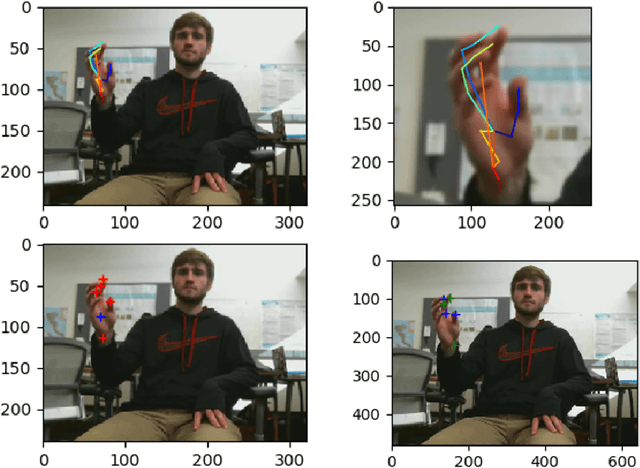
Abstract:Hand keypoints detection and pose estimation has numerous applications in computer vision, but it is still an unsolved problem in many aspects. An application of hand keypoints detection is in performing cognitive assessments of a subject by observing the performance of that subject in physical tasks involving rapid finger motion. As a part of this work, we introduce a novel hand key-points benchmark dataset that consists of hand gestures recorded specifically for cognitive behavior monitoring. We explore the state of the art methods in hand keypoint detection and we provide quantitative evaluations for the performance of these methods on our dataset. In future, these results and our dataset can serve as a useful benchmark for hand keypoint recognition for rapid finger movements.
Improving the Accuracy of the CogniLearn System for Cognitive Behavior Assessment
Mar 25, 2017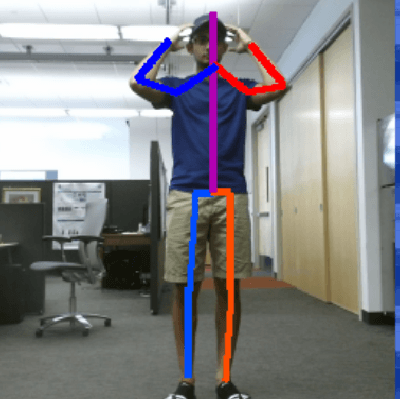

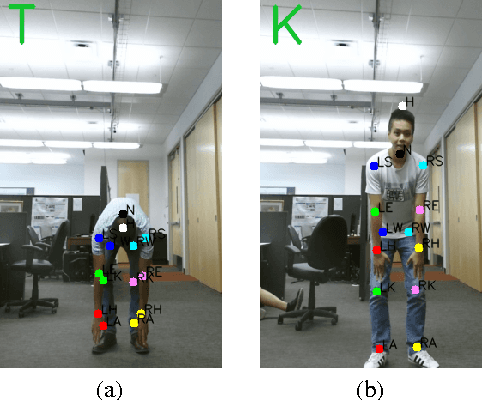

Abstract:HTKS is a game-like cognitive assessment method, designed for children between four and eight years of age. During the HTKS assessment, a child responds to a sequence of requests, such as "touch your head" or "touch your toes". The cognitive challenge stems from the fact that the children are instructed to interpret these requests not literally, but by touching a different body part than the one stated. In prior work, we have developed the CogniLearn system, that captures data from subjects performing the HTKS game, and analyzes the motion of the subjects. In this paper we propose some specific improvements that make the motion analysis module more accurate. As a result of these improvements, the accuracy in recognizing cases where subjects touch their toes has gone from 76.46% in our previous work to 97.19% in this paper.
Evaluation of Deep Learning based Pose Estimation for Sign Language Recognition
Apr 19, 2016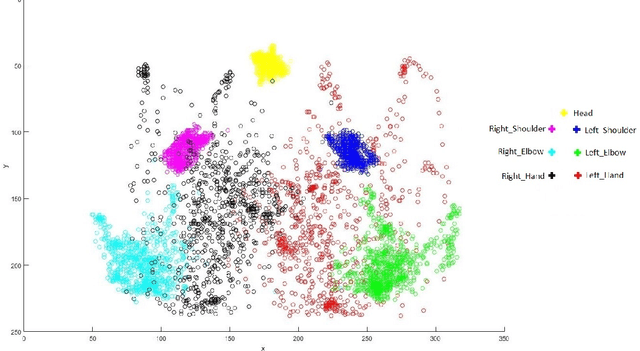
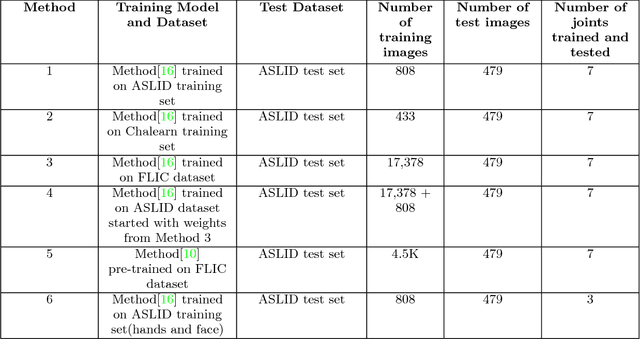
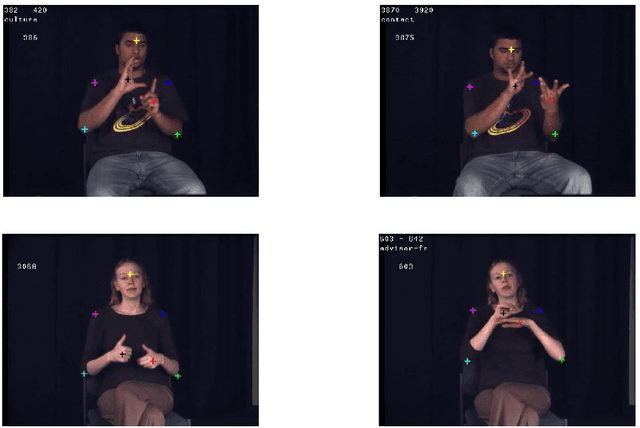
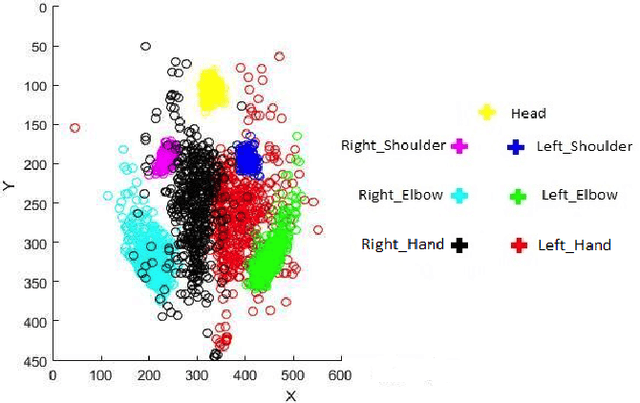
Abstract:Human body pose estimation and hand detection are two important tasks for systems that perform computer vision-based sign language recognition(SLR). However, both tasks are challenging, especially when the input is color videos, with no depth information. Many algorithms have been proposed in the literature for these tasks, and some of the most successful recent algorithms are based on deep learning. In this paper, we introduce a dataset for human pose estimation for SLR domain. We evaluate the performance of two deep learning based pose estimation methods, by performing user-independent experiments on our dataset. We also perform transfer learning, and we obtain results that demonstrate that transfer learning can improve pose estimation accuracy. The dataset and results from these methods can create a useful baseline for future works.
 Add to Chrome
Add to Chrome Add to Firefox
Add to Firefox Add to Edge
Add to Edge